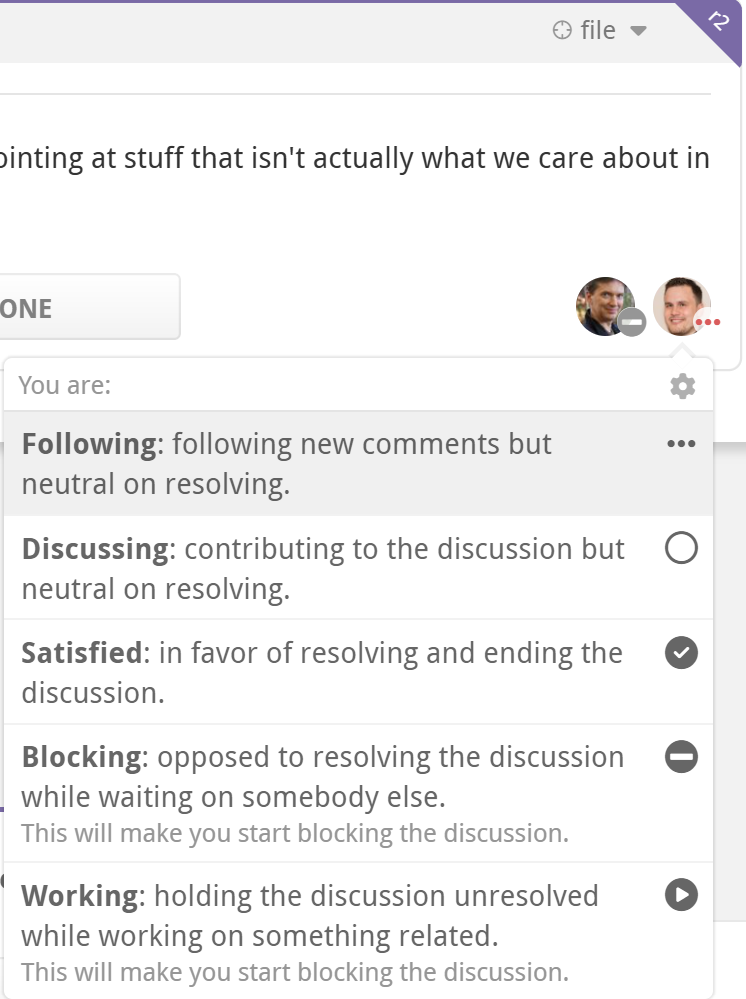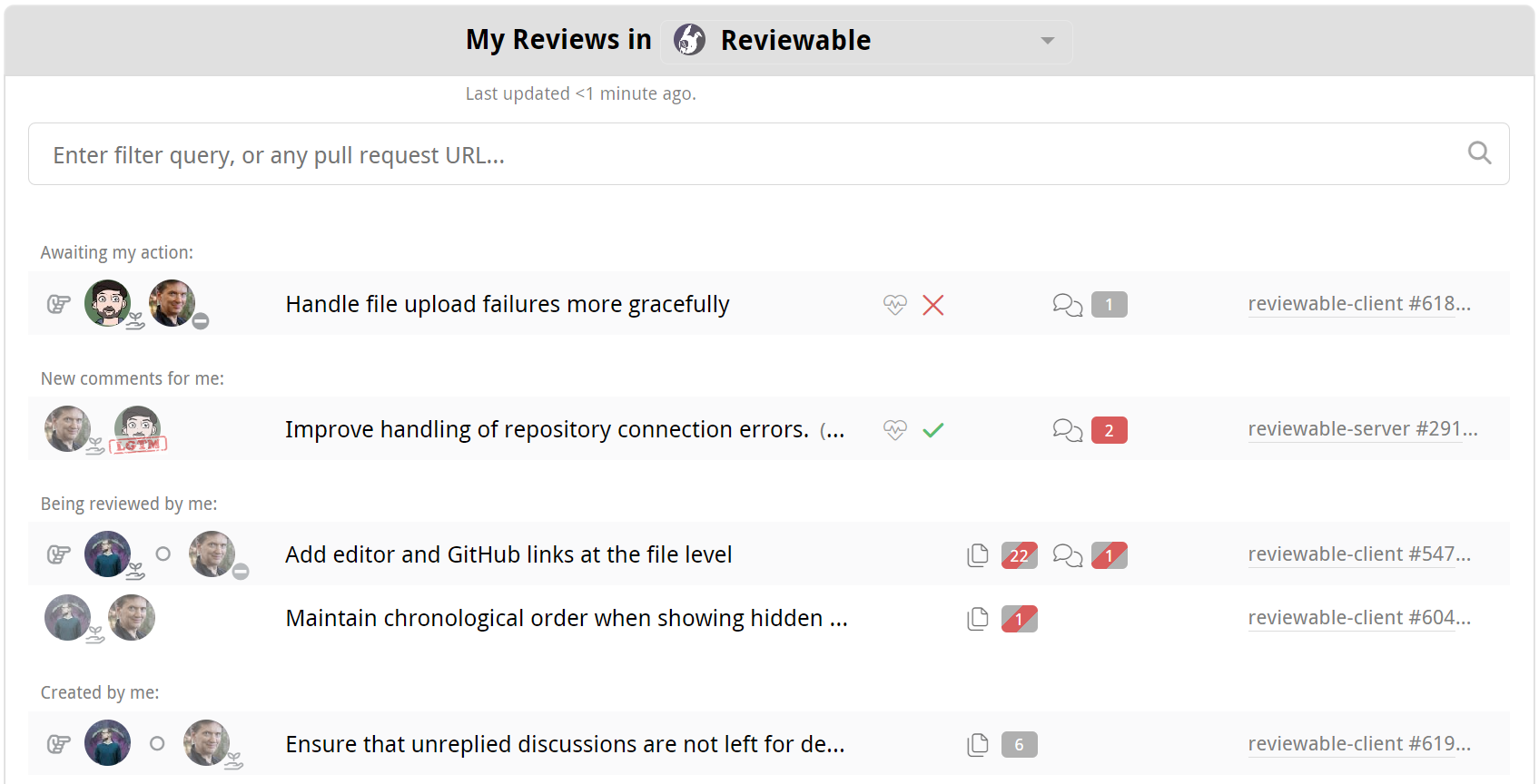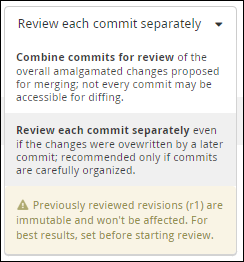From Critique to Reviewable
How Google’s Code Review Philosophy Inspired a Tool for Everyone
Published: Saturday, January 25, 2025Moving from Google’s internal code review tool, Critique, to GitHub can feel like going from a high-speed fiber connection to dial-up. Critique is fast, seamless, and deeply integrated into Google’s engineering culture, making code reviews smooth and efficient. GitHub’s PR review system, while capable, can feel slow and cumbersome for those accustomed to Critique’s streamlined approach.
This frustration is what led to the creation of Reviewable—a tool inspired by Critique but designed for everyone. Reviewable brings many of the features that make Critique such a joy to use into a flexible, GitHub-integrated platform, with a few thoughtful additions to make it even better for teams outside of Google. But first, let’s dive into the story.
The Problem: From Critique to Chaos
At Google, Critique is more than a tool—it’s a standard for how code reviews should work. Developers praise it for being fast, effective, and satisfying, with incremental diffs standing out as a game-changing feature. These diffs focus reviewers’ attention on only what’s new, ensuring each review builds on the last without repeating old ground. Critique’s "Attention Set" ensures smooth handoffs by showing who’s next to act, and unresolved comments must be addressed before changes can be approved.
For developers leaving Google, the transition to GitHub’s PR system can be disheartening. The lack of a robust, integrated system for displaying incremental diffs in GitHub leaves reviews feeling scattered, repetitive, and more tedious than they need to be. Discussions are unpredictably erased with new commits, and managing threads becomes a source of confusion rather than clarity.
This was exactly the experience of Piotr Kaminski, the creator of Reviewable. After leaving Google, Piotr joined Udacity, where he was tasked with introducing a culture of code review. The team had just switched from Mercurial to GitHub, and Piotr quickly discovered that GitHub’s PR system wasn’t up to the task. Out of desperation, he spun up an instance of Rietveld, another code review tool, but it was clunky and required manual work for every review and every code update to integrate with GitHub.
When Piotr left Udacity, he decided it was time to fix this problem for good. Reviewable was born.
The Solution: Critique-Inspired Features for Everyone
Reviewable wasn’t just inspired by Critique -- it built on shared insights about what makes code reviews efficient and satisfying. Incremental diffs focus attention on the latest changes, a hallmark of Google’s approach that Reviewable brought to the wider development community.
For thread resolution, Reviewable took Critique’s basic "resolved/unresolved" model and added new layers of nuance, letting reviewers set clear expectations for each discussion.

Though Critique didn’t directly inspire Reviewable’s attention management, the concept arose independently at both Google and in Reviewable’s development process. This shared innovation underscores the importance of showing who needs to act next in a review. Side-by-side diffing also became a critical feature of Reviewable.

As it happens, GitHub rolled out their own version of this feature just a week before Reviewable’s release. Even so, Reviewable’s implementation stood out by delivering a superior, focused experience for iterative reviews with a compelling, improved diffing algorithm.
What Reviewable Adds to the Mix
Critique thrives within Google’s standardized workflows, but Reviewable bridges the gap between adaptability and a strongly opinionated design. With custom completion conditions, it can integrate smoothly into company-specific review requirements. Once connected, Reviewable introduces teams to its optimized workflows, designed to maximize clarity, efficiency, and satisfaction. At the heart of this experience is the attention set display, which highlights exactly who needs to act next in the review process.

This expertly guided feature eliminates bottlenecks and confusion, ensuring reviews move forward smoothly. For users with unique preferences, Reviewable also allows some customization of this display, blending flexibility with its structured, proven approach.
Paired with features like commit-to-revision mapping, which simplifies messy commit histories, and incremental diffs, Reviewable creates a streamlined, intuitive process.

For those with the discipline and habit of using atomic commits, reviewing commit by commit is still an option.

Reviewable is a system designed to adapt where needed while steering users toward a better, more efficient way to conduct code reviews.
Conclusion: Bringing Critique's Philosophy to Everyone
Reviewable started as an idea: what if the best parts of Critique could be shared with the world? Today, it’s a tool that brings the efficiency of Google’s code review philosophy to anyone, whether you’re a startup team or a global enterprise. If you’ve ever wished for a code review system that feels intuitive, satisfying, and built for you, it’s time to give Reviewable a try.
